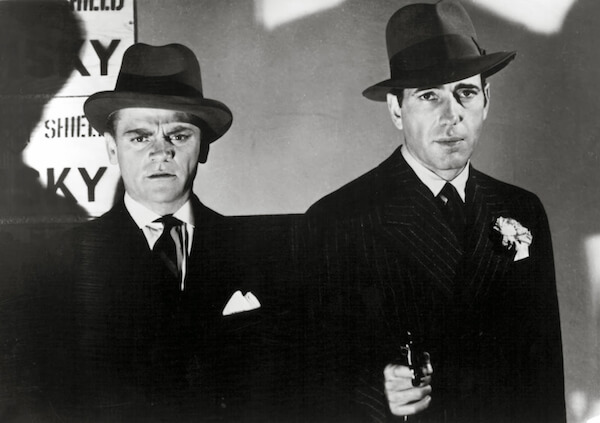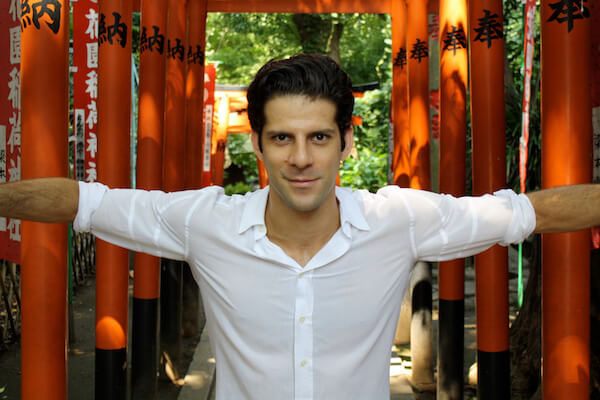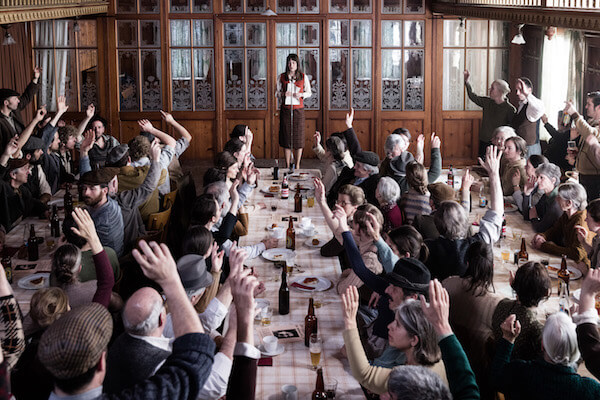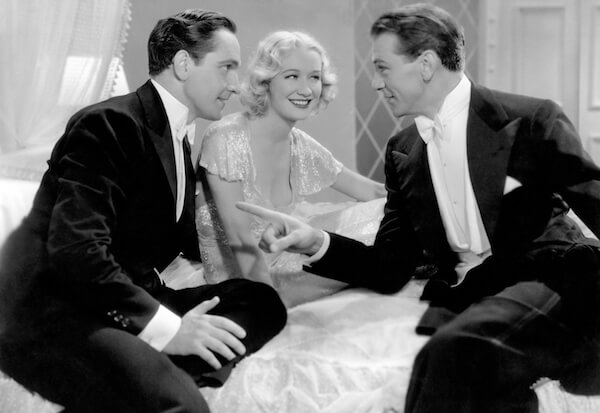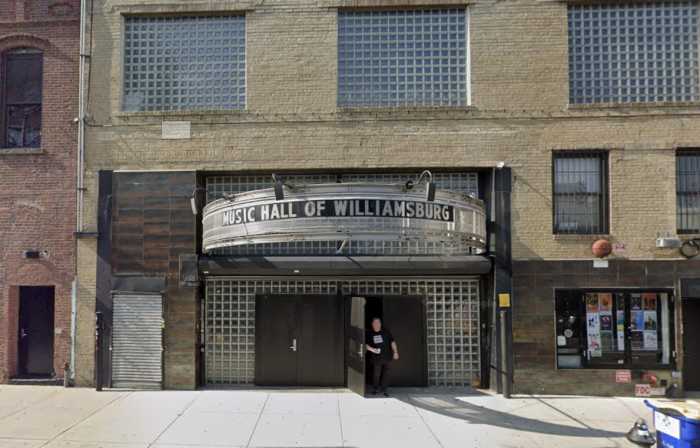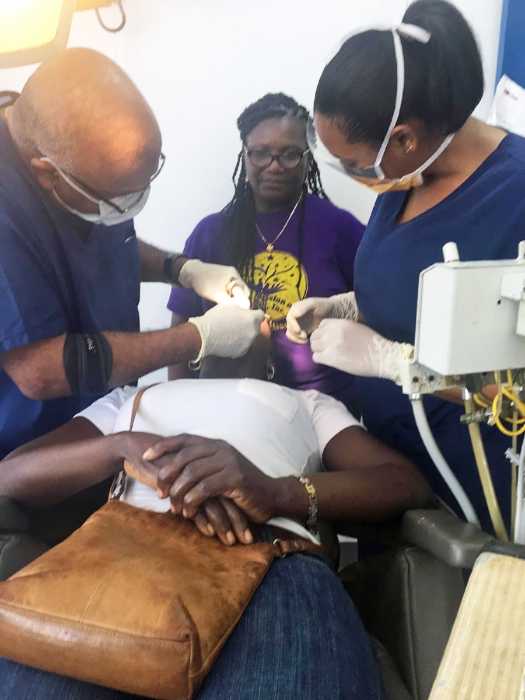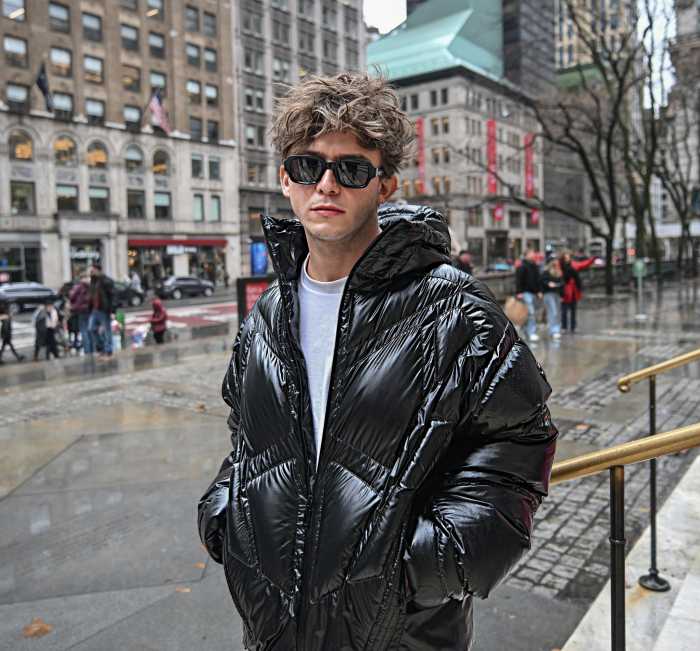Patti LuPone’s September 24 “Deconstructing Patti” benefit for Broadway Cares/ Equity Fights AIDS at the Nederlander Theatre ranks with the most memorable evenings of song in New York’s rich history. | COURTESY OF BROADWAY CARES/ EQUITY FIGHTS AIDS
I don’t think I am alone in regretting that I was not in New York in 1962 to catch Judy Garland’s much-lauded Carnegie Hall concert. I am able to say, however, that I was at the Nederlander Theatre this past Sunday, September 24, to see Patti LuPone at the Broadway Cares/ Equity Fights AIDS benefit “Deconstructing Patti.” It was an evening that will surely enter the annals of show biz legend as a similarly magical night of vocal-driven entertainment. With rabid LuPone junkie Seth Rudetsky on the keyboard, egging her on ruthlessly, she delivered a jaw-dropping cornucopia of witty reminiscences, deliciously wry observations, and, of course, glorious song highlights from her long and beyond impressive career that had the packed, musical-crazed audience in seventh heaven.
Her voice at 68 is an absolute wonder of the world, insanely virtuosic, whether doing the ridiculously high tessitura of “Evita,” with guest star Raul Esparza as Che; a melting “As Long As He Needs Me” from “Oliver”; an electrifying “I Dreamed a Dream” from “Les Miz”; the suave sophistication of “You’re the Top,” from “Anything Goes,” with her original leading man, Howard McGillin (who told a tale of having to perform at Trump’s Mar-a-Lago and things getting very blowhard-tacky — surprise!); “Some People” from “Gypsy”; “With One Look” from “Sunset Boulevard”; a duet with her radiant “War Paint” co-star Christine Ebersole; and, for good measure, “Trouble in River City,” from “The Music Man,” just because.
After “War Paint” closes on December 30, LuPone will be doing the role Elaine Stritch originated, Joanne, in a London production of “Company.” When she sang the infamous “Ladies Who Lunch,” her eternally dulcet pipes and searing belt made me realize for almost the first time that this song, indeed, has a melody, and she totally made it her own.
IN THE NOH: Patti LuPone, Norbert Leo Butz, Lindsay Mendez shine on stage; Film Forum features Warner Bros. gold
Between songs, LuPone reminisced about her career, forever marked by her usual, highly amusing mantra, “I don’t think so,” whenever some particularly wrong piece of direction or musical cue gets foisted upon her. Her real life persona is fetching in the extreme, completely gemütlich and down-to-earth, and it was a total pleasure to hear the output of her feverishly intelligent, very funny mind, often peppered with salty obscenities. As a result of a lifetime of stage injuries, she had a noticeable limp and must soon undergo a hip replacement. Nevertheless, she displayed more ferocious energy than most 20-year-olds and, all in the name of this evening’s charitable cause, simply gave and gave and gave of herself like no performer I’ve ever seen.
Superb music was to be found at 54 Below, where, on September 13, I caught Norbert Leo Butz, who surely has one of the best male voices on the planet. His natural go-to is hard-hitting blues-tinged rock, and he delivered a sizzling set, backed by some of the greatest musicians working in Manhattan today. Among his selections were two which he wrote himself — tasty ditties, both of them — as well as a profound reading of “Georgia On My Mind” that made me forget all about Ray Charles, and which he dedicated to one of his daughters, who bears the name.
On September 14, Lindsay Mendez, backed by a top flight band that included her husband, drummer Philip Wakefield, showed what cabaret can be at 54 Below. | TWITTER.COM
The following night, I was back at 54, to catch Lindsay Mendez, who blew me away last spring in the Encores! revival of “The Golden Apple.” Born in California, this Mexican-Jewish talent happily does not fit into the usually bland, white-bread, skinny-mini Broadway leading lady type, and serves up heaping helpings of fresh, engaging personality and honied vocal tones, especially on her show’s classic hit, “Lazy Afternoon,” which she has made as definitive as Butz’s rendition of that glum male torch song “Ruby.” She described how she happily came upon the drummer in her crackerjack band, who is also her husband, Philip Wakefield, while in Kansas City, of all places. Best of all, she addressed the current dire state of affairs in this country with a beautifully stirring tribute to the great Joan Baez. Just how good was it to hear something like “The Night They Drove Old Dixie Down” ringing the rafters of this club, not to mention an audience singalong to “We Shall Overcome”? Who says cabaret is all self-indulgent torch songs and ear-splitting power ballads?
I first came to New York when I was 15, the first city on a cross-country drive with my family visiting the mainland from Hawaii. Already movie-mad, all I wanted to do was watch rare, old films I’d only read about and buy vintage Hollywood photos from the variety of purveyors of such which existed then, like the Memory Shop and Cinemabilia. The day my clan went on all-day bus tour of the city, I ditched them to go to my Mecca, the Museum of Modern Art, which was showing a new restored print of von Stroheim’s “Greed.” Afterwards, shaken by the sight of miserly Zasu Pitts sleeping on a mattress covered with coins, I went up to its film research department where I met its head, Charles Silver, and curator Stephen Harvey. Both of them were gay, both of them are now dead, and they took a shine to this crazy kid from the tropics, babbling on about Cukor and Lubitsch and von Sternberg. Charles said, “You tell me it’s impossible to see classic films in Hawaii. Well, we’ve got some prints here that are being returned to the library. Why don’t you pick one and we’ll run it for you in this little screening room we have here?”
This was Christmas in July to me, and I feverishly scanned the 16mm canisters holding pure enchantment: “Pandora’s Box,” “Desire,” and many more, and finally settling on “The Awful Truth,” I positively reveled in Irene Dunne and Cary Grant’s master class in flawless comic acting, and Joyce Compton’s cheesy nightclub number. Even better than that was the chance to talk film with those endearing guys, especially the very winning Harvey, who loved the Hollywood studio system as much as I did.
“MGM had the lavish production values,” he observed, “but Warners had the best actors.”
I thought of dear Stephen again when I saw the lineup for Film Forum’s current series “Warner Bros.: Tough Guys, Tough Dames… Tough Pictures.”
James Cagney and Humphrey Bogart in Raoul Walsh’s “The Roaring Twenties,” screening at the Film Forum on October 4. | COURTESY OF FILM FORUM
There are few rarities this time: Bruce Goldstein has rather rounded up the usual suspects, but, damn!, these are some good films, no matter how many times you’ve seen them, like the most trustworthy old friends, and there’s always the added charge of watching them on a big screen in pristine prints. The dazzlingly versatile, hyper-kinetic James Cagney appears in “The Public Enemy” (Sep. 28, 12:30 p.m., 3:55 p.m., 7:20 p.m.), which made him a star, and “Lady Killer” (Sep. 28, 2:15 p.m., 5:40 p.m., 9:10 p.m.) — in both of which he mistreats poor Mae Clarke, one of the most likable and gamest gals to ever come down the Hollywood pike. Raoul Walsh’s baroque “The Roaring Twenties” (Oct. 4, 12:30 p.m., 4:20 p.m., 8:10 p.m.) is one of the true classics of the gangster genre, with a rough and tumble but rather thick Cagney brushing off a true blue, been-there-done-that nightclub hostess (wonderful, husky-voiced Gladys George) to pine for dull, bland Priscilla Lane’s wholesome girl next door.
The studio’s other big tough guy, Humphrey Bogart, is in that, and also stars in “The Maltese Falcon” (Sep. 29, 2:50 p.m., 6:50 p.m.), one of the first and perhaps the greatest of film noirs, as well as the other masterpiece he made with John Huston, “The Treasure of the Sierra Madre” (Oct. 1,1:30 p.m., 4:10 p.m., 8:50 p.m.), containing his greatest performance as the greedyily unhinged Fred C. Dobbs. I’ve never much cared for that windy talkfest “Key Largo,” but in “The Petrified Forest” (Oct. 4, 2:35 p.m., 6:25 p.m., 10:15 p.m.), which made Bogie a star on the stage and screen, he fully demonstrates that element of danger which always made him so compelling.
That movie also features Leslie Howard at his most annoyingly pallid and poetic, but a young and refreshingly unmannered Bette Davis is quite watchable, as is Genevieve Tobin, who has one very stirring scene, bemoaning her life’s road not taken as the actress she’d hoped to be. La Davis, at her iciest and most bug-eyed mesmerizing, gives one of her top four performances in William Wyler’s superb adaptation of Somerset Maugham’s ingeniously plotted “The Letter” (Sep. 30, 2:40 p.m., 6:45 p.m.). Everybody’s favorite Freudian mean mommy movie, “Now, Voyager” (Oct. 3, 12:30 p.m., 5:10 p.m., 9:40 p.m.) will be shown, with Davis’ transformation from caterpillar-browed loser-spinster to fierce cruise line diva, with Gladys Cooper trying to spite her progress by dying continually throughout, while “A Stolen Life” (Oct. 3, 2:50 p.m., 7:30 p.m.) is a descent into camp with Bette as good and evil twins.
Davis’ great rival, Joan Crawford, is represented by her immortal, defining vehicle “Mildred Pierce” (Sep. 30, 12:30 p.m., 4:35 p.m., 8:40 p.m.), replete with come-fuck-me heels, massive shoulder pads, a divertingly hateful Ann Blyth, sleazy-hot Jack Carson, just sleazy Zachary Scott (born to play gigolos), and cherishable Eve Arden doing her wise-cracking BFF to the heroine specialty.
WARNER BROS.: TOUGH GUYS, TOUGH DAMES… TOUGH PICTURES | Film Forum, 209 W. Houston St. | Through Oct. 5 | filmforum.org

